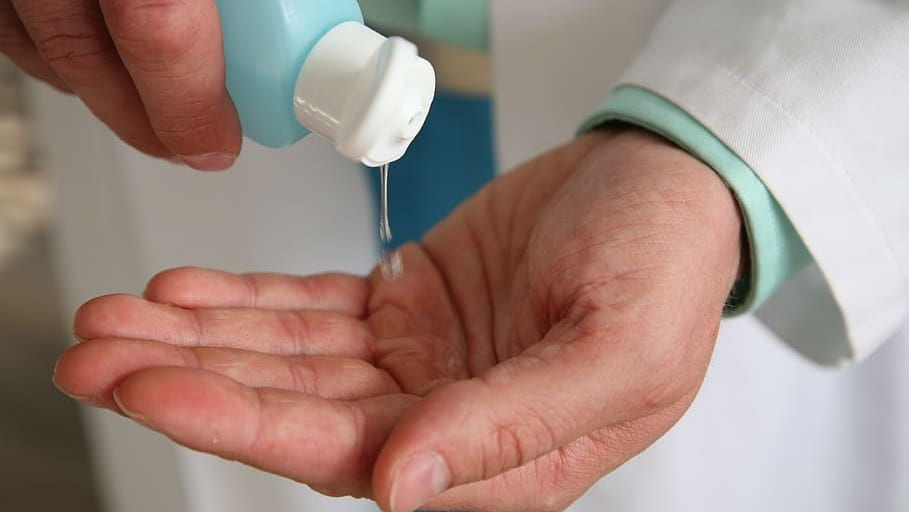Remaining safe during the COVID-19 pandemic has challenged us to revisit all aspects of our lives, from work to travel to cleaning. To prevent the spread of the virus through surfaces, sanitation and disinfection procedures have become more meticulous and frequent, as we try our best to keep ourselves and our community safe.
More intense cleaning, however, has also led to heightened exposure to toxic cleaners, disinfectants, and sanitizers in our everyday lives. Strong and efficient cleaning products are essential to protect against COVID-19, but the repeated misuse or wrong application of these chemicals can lead to health problems, affecting skin and reproductive health, and causing respiratory issues such as asthma. A compromised respiratory system puts individuals at greater risk of more severe COVID-19 symptoms and could lead to a more difficult recovery, should they contract the virus.
These tips will help you find the balance between protecting both short-term and long-term health while minimizing environmental harms.
Tip 1: Select the right product for the job
The Center for Disease Control specifies a process for disinfection which calls for surfaces (particularly those that come into contact with hands) to be cleaned first (with soap and water or a standard household cleaner) to remove dirt, oil, etc. During this step, dirt and germs are physically removed from surfaces using the soap, water, and friction.
For cleaning (i.e. before disinfecting), use products with a third party certification: (Safer Choice, Green Seal, Ecologo, or Design for the Environment (DfE). DIY products can also be used for cleaning (see below). These products by themselves do not disinfect surfaces, but they do reduce the surface area that germs can survive on.
Next, if the circumstance warrants it, disinfect with a product on the US EPA’s List N (tested for effective elimination of the COVID-19 virus), following the product’s guidelines for “dwell” or contact time. Let the disinfectant stay glistening wet on the surface and air dry for the specified amount of time. Cleaning before disinfecting reduces spreading infection more than disinfecting alone.
The most important step before handling any chemical-based cleaning product is to read and understand the instructions on the label. Some products require users to wear masks and gloves, while others become dangerous if mixed with other chemical compounds. Some also require ventilation during use due to toxic or irritating fumes.
What’s the difference?
CLEANER: Removes germs, dirt and impurities from surfaces or objects. Works by using soap/detergent, water and friction to physically remove dirt and germs from surfaces. Cleaning before disinfecting reduces spreading infection more than disinfecting alone.
SANITIZER: Reduces germs on surfaces to levels considered safe for public health (usually 99.99%) Products must be EPA registered.
DISINFECTANT: Destroys almost all infectious germs, when used as the label directs on a surface. No effect on dirt, oil or dust. Should be used where required by law, in high-risk and high-touch areas, or in case of infectious disease. Products must be EPA registered.
Remember, you cannot kill the virus deader than dead and more isn’t necessarily better (it can actually be worse for your health). Follow recommended concentrations and only use strong products (like disinfectants) as needed.
Tip 2: Look for labels that attest safety for human and environmental health
Cleaning products that are clearly marked with third-party certifications (Safer Choice, Green Seal, Ecologo, or Design for the Environment (DfE)) have a reduced impact on human health and the environment. The labeling results from a rigorous inspection and testing from the EPA or some other respected third-party certification body confirms both their reduced threat to human and environmental health, and their high-performance standards.
Products with these labels are appropriate for “cleaning” but not approved for disinfection.
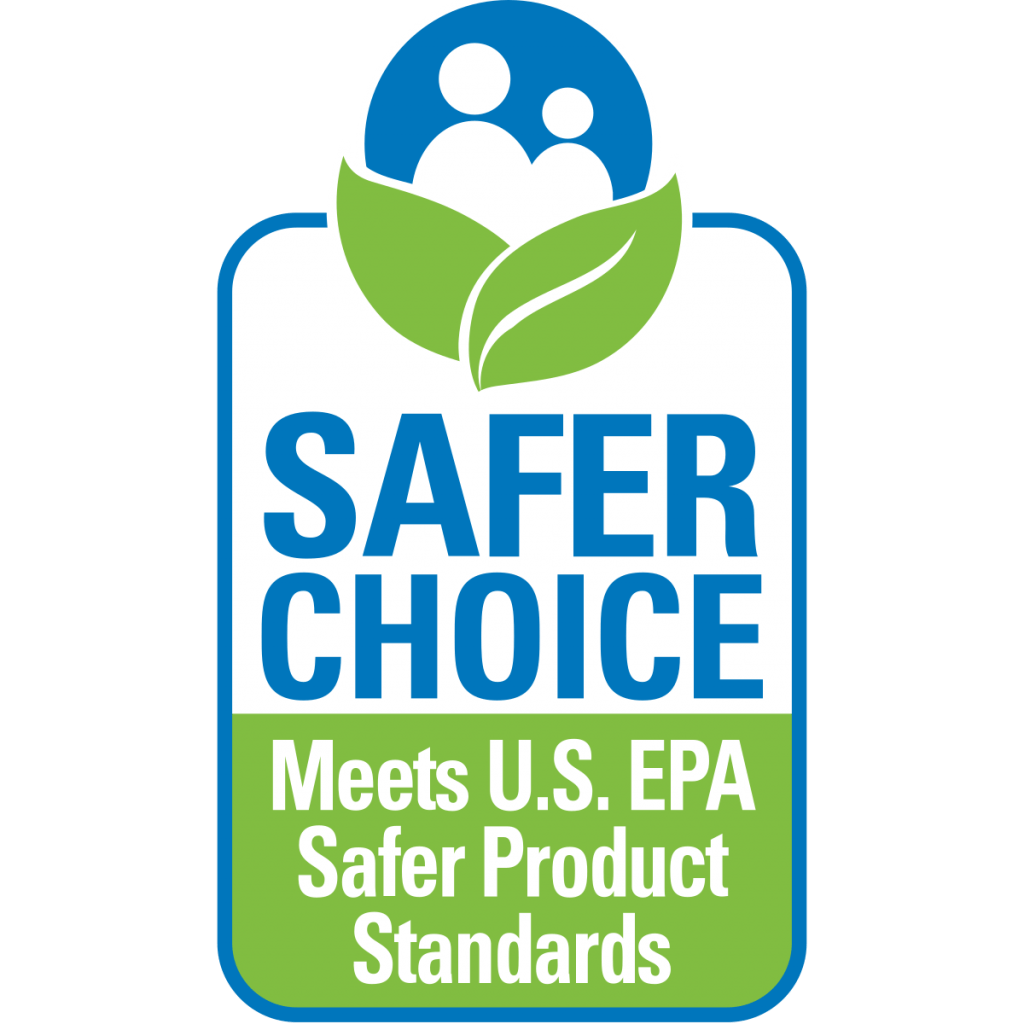
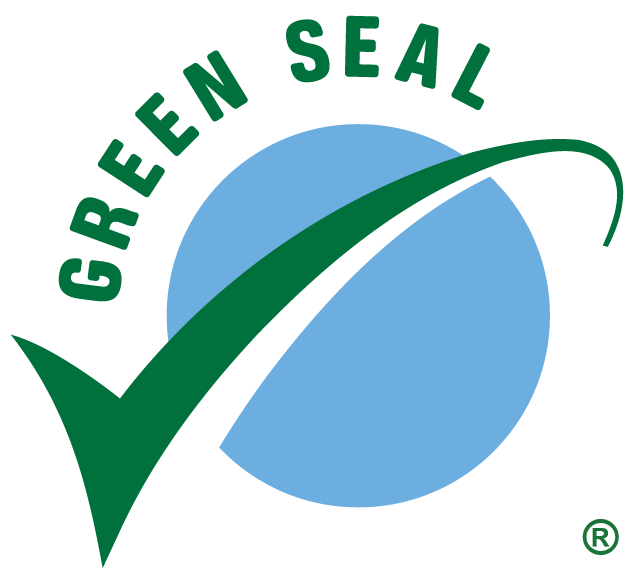

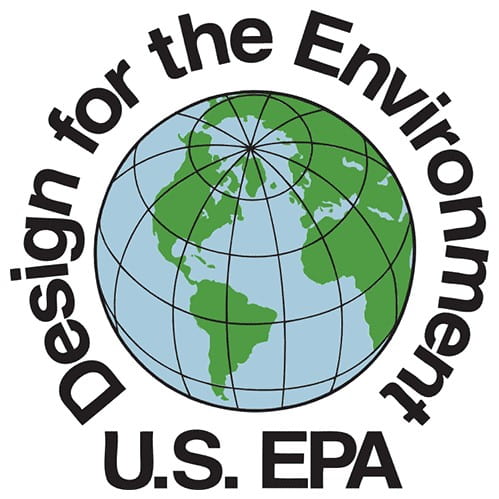
From left to right: Safer Choice, Green Seal, Ecologo, and Design for the Environment labels.
Tip 3: Choose disinfectants that protect against COVID-19
You don’t necessarily need to buy a brand-new cleaner to eliminate the COVID-19 virus. The Environmental Protection Agency (EPA) has compiled a list of over 400 products and active ingredients that are approved for use against SARS CoV-2 (aka COVID-19). Known as the “EPA N List”, this easy-to-use resource only includes products that have met the EPA’s criteria for protection against COVID-19.
To find out if a product is listed on the EPA N List, identify the EPA registration number or the active ingredient from the cleaning product label, and input it in the search bar. If the product or active ingredient is found in the database, it has been verified as an effective product to disinfect against the virus that causes COVID-19.
Within the N List, review the active ingredients of products and, when possible, select products that are less harmful.
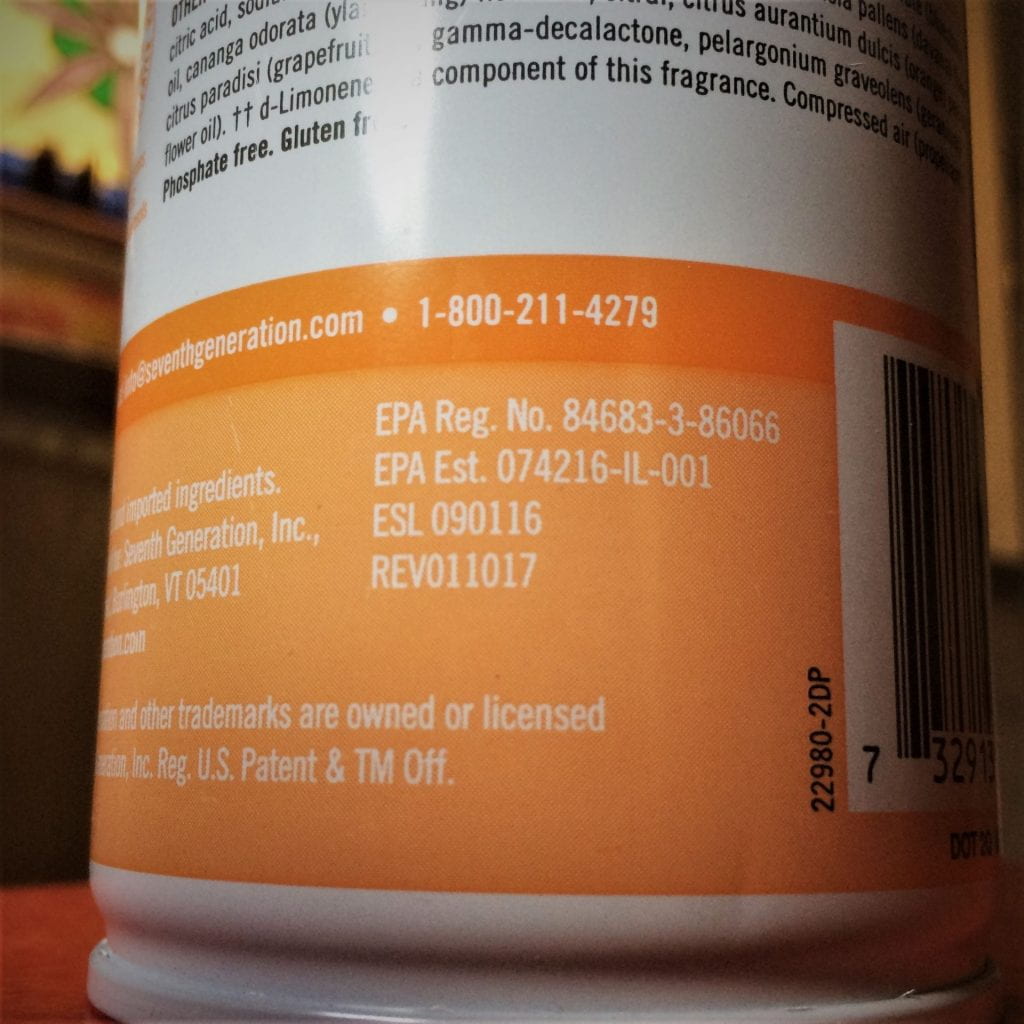
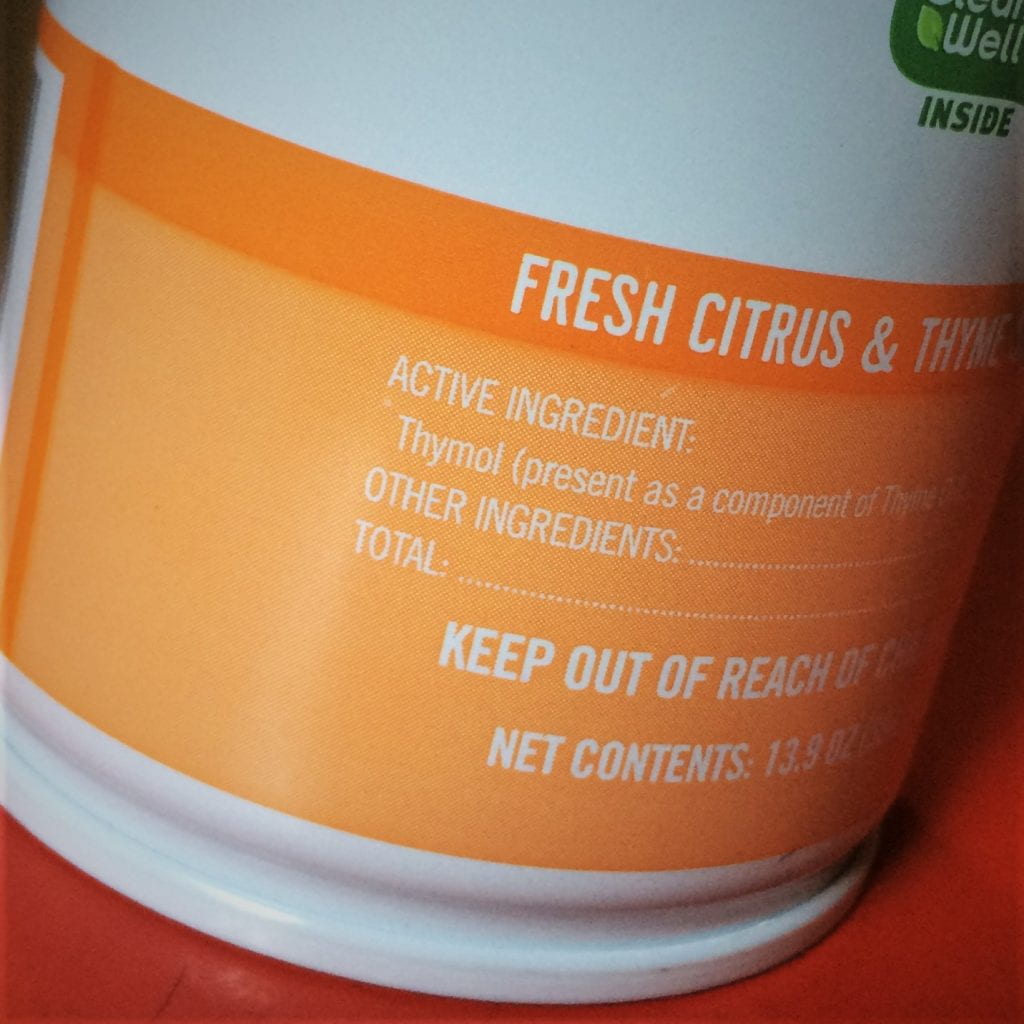
Chemicals to seek
Products that only include antimicrobial ingredients: hydrogen peroxide, ethanol, or citric acid, isopropanol (isopropyl alcohol), L-Lactic acid, or sodium bisulfate. None of these ingredients are known to cause occupational asthma or cancer.
Chemicals to avoid
Peracetic acid (highly corrosive and exposure can severely irritate eyes, skin, and respiratory system) and quaternary ammonium compounds (which can cause cancer). Use bleach cautiously and follow all safety guidelines and concentration recommendations.
For specific products that meet this criteria, refer to the resource authored by the Responsible Purchasing Network.
Keep in mind, disinfectants are not always necessary! Disinfectants should be used in high-risk and high-touch areas, but if you are looking to keep surfaces clean at home, soap and warm water is often the best – and safest – choice! Soap and water can deactivate COVID-19 and remove as much as 99% of bacteria on surfaces without presenting additional health risks.
Tip 4: Watch out for Greenwashing!
Don’t stray from trusted third party certifiers. Many corporations create their own similar-looking, mock labels in order to appear legitimate and sustainable. Greenwashing describes the way businesses falsely advertise their product as “green” in an attempt to ramp up sales from our increasingly sustainably-minded society. As savvy consumers, we must do our best not to be moved by these kinds of marketing schemes. Unverified “eco-friendly” claims on packaging are often untrue or misleading. Check out this article for 6 ways to identify if a company is guilty of greenwashing.
Terms such as “green”, “natural”, “eco-friendly”, “biodegradable”, or “recyclable” are usually stamped on a package without any explanation of how it is sustainable. Let’s take “recyclable” for instance: many packaging products are recyclable in theory, but may not be feasibly recyclable in practice, so we should think more about if something will be recycled rather than if the product can be recycled. For more information about the true lifecycle of plastic, check out the documentary “The Story of Plastic”.
Tip 5: Reduce waste
When possible, use alternatives to disposable wipes. Washcloths and rags go a long way when it comes to all things wiping and cleaning. When finished, set aside, ideally in a sealed container, and wash separately in hot water.
When a disposable option is much more feasible, particularly in areas where laundering rags would be difficult, use an unbleached paper towel, rather than the non-degradable wipes.
Tip 6: Do-It-Yourself
Looking to get creative in your cleaning practices? Below is a list of resources for DIY cleaners you can make right from home. Not only more cost-efficient, they will also help cut down on waste from single-use items such as disinfectant wipes, which is one of the emerging problems that has come with transitioning to more cleaning-intensive practices.
- Review the recent virtual workshop by local non-profit Perennial STL on how to make your own towels and reusable disinfectant wipes.
- For hand sanitizer, you will need 90%+ isopropyl alcohol and Aloe Vera gel.
- Tune into the upcoming workshop (July 28, 10-11a CST) with local favorite “Green Jean” Ponzi for “Smarter-Greener-Cleaner” for a comprehensive dive into this topic!
Tip 7: Ensure safe disposal of products
Avoid disposal by using up cleaning products when possible before opening new ones.
If you do need to get rid of any used, outdated, or unwanted cleaning products, there’s a process for that, too! For common household cleaners, such as disinfectants and ammonia-based cleaners, read the labels carefully to determine if it can be disposed of down the drain with water. Never mix chemicals together and never pour down the drain without consulting the product label first. More information about proper disposal can be found here.
If your unwanted products are still usable, consider donating them! Cleaning products around the country are currently in high demand, and many organizations may be accepting donations of cleaning products, both opened and unopened. For our St. Louis area readers, we have compiled a list of organizations accepting donations of cleaning products and other materials here. For anyone outside of St. Louis, we encourage you to do some research and find organizations accepting donations near you!
Also, avoid buying too many cleaning supplies in the first place. With DIY options that are ready-to-make, you can feel more confident keeping only a few staples on hand.
